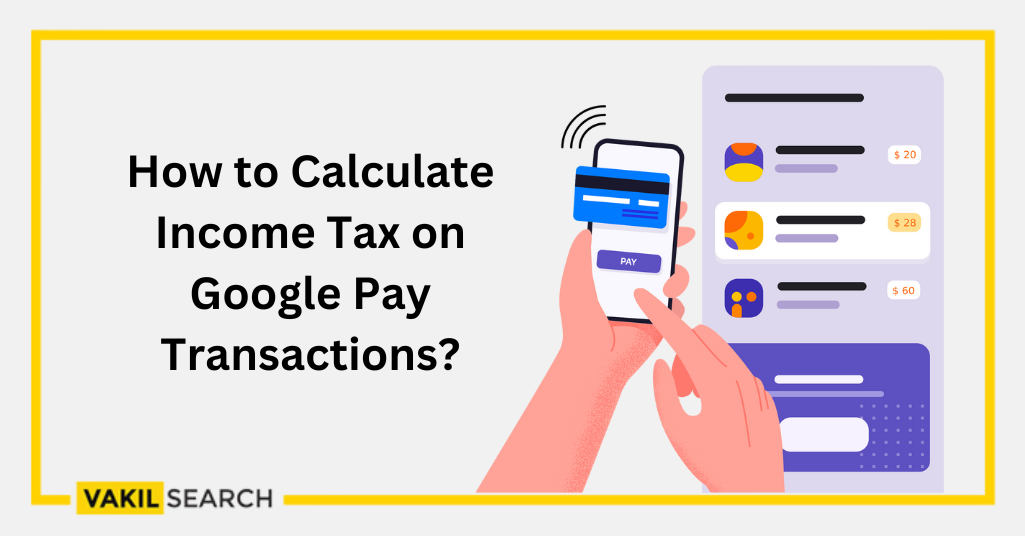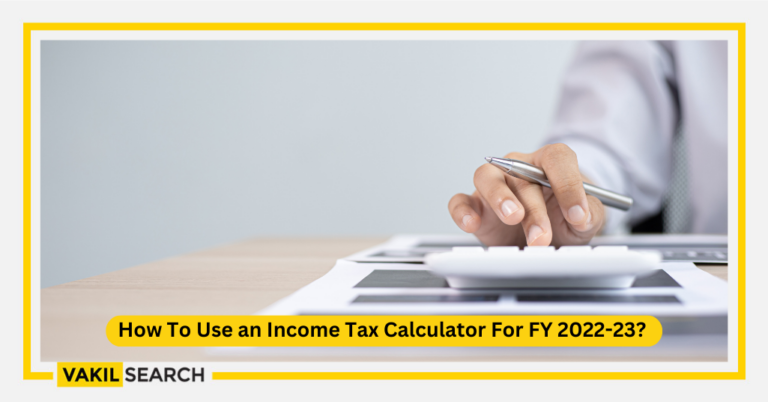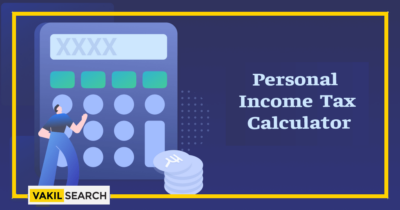In this article we discuss how income tax is applicable on transactions made through UPI.
How to Calculate Income Tax on Google Pay Transactions: Digital payments through apps such as Google Pay Transactions are very quickly replacing hard cash as a way to make payments. For anything to replace something as convenient and conventional as cash, it has to have very stark and convincing advantages, especially amongst a traditional demographic such as Indians who are usually quite sceptical about technology. So what led to such a massive shift in the way we have been making payments for centuries?
Apps like Google Pay operate on a technology called UPI. UPI or United Payments Interface is an online mechanism that allows a person to manage all his bank transactions across multiple banks on one platform through his or her mobile phone. UPI was introduced in the year 2016 under the leadership of then RBI governor Dr Raghuram Rajan. The interface acts as an intermediary between the bank and the customer.
Discover the seamless power of online bookkeeping – empowering your business with real-time insights and financial clarity, all at your fingertips.
The biggest advantage of UPI is the safety of the money. People can make simple small transactions without withdrawing the money from the bank hence keeping it secure from theft. Then, there is the ease of making the transaction as against making a bank transfer. Bank transfers require customers to log onto the portal of the respective bank, enter multiple passwords, validate multiple authentications, add a payee with multiple details that may not always be readily available and wait for the bank to authenticate the details which could take upto twenty four hours. Through UPI one can make a transaction as quickly as making a cash transaction and with an accuracy that is better than a cash transaction. There is no need to worry about carrying or receiving change by either party. But there was one event that acted as the primary catalyst for this shift to digital payments.
Learn more about Income tax returns online
On 8th November 2016, about two months after UPI apps went live on various app stores, the Government of India announced an immediate demonitisation of the ₹500 and ₹1,000 currency notes with immediate effect and imposed a limit on the amount of cash that could be withdrawn from ATMs as the government supplied the new notes to ATMs as and when they were printed. Given that there is a limit of ₹25,000 on how much cash a person is allowed to carry at any given point of time, there was a massive cash shortage within the country, causing severe panic. This is when awareness regarding UPI began to spread and Apps like Google Pay began to come to the fore. The companies that operated these apps were quick to equip all vendors with the infrastructure to receive payments through their apps, hence allowing widespread acceptability of UPIs, which in turn encouraged people to use these applications, at least as long as the shortage of cash lasted. But once people began using them more often, the advantages were apparent and even after the cash crunch was over and all ATMs were reinforced with the new notes, people continued to prefer UPI transactions to cash transactions.
But the moment you move above the petty cash transactions and start making bigger payments through UPIs, such as payment of salaries, or payment of rent through these Apps, the question of tax arises. How does presumptive taxation scheme get treated with payments made under UPI?
LLP ITR filing is mandatory as per the Income Tax Act, 1961, and failing to do so can result in penalties and legal consequences. Click here ITR FILING FOR LLP
Calculation of taxes on UPI transactions
As understood from the discussion above, UPI is just a way of paying and receiving money. It facilitates the payment and receipt of income and is not a separate source of income by itself. So income tax is calculated in the same way as it will be calculated for non-UPI payments, depending on the nature of the income and the corresponding provisions in the income tax act like Section 80CCC of Income Tax Act.
So at the end of the year, all the receipts from UPI are added to the non-UPI receipts to arrive at gross turnover or gross income. From this amount we subtract all the deductions allowed as per the provisions of the income tax act and arrive at the net taxable income.
If it is an individual, then we apply the tax income against the income tax slab for that financial year to know what is the rate of tax applicable to that income. This is how we arrive at the tax liability.
However, there is one provision in the income tax act that has been made specifically to encourage UPI payments. This is the provision that has been introduced under section 44AD which addresses the concept of presumptive tax. Small businesses, with a turnover of less than two crores are not required to maintain any books of accounts and are not required to be audited. They can opt for something called a ‘presumptive tax’ for a period of five years where they can be exempted from disclosing the details of their income and during that period the government will presume the taxable income of the business to be 8% of the turnover, flat. But if the business has received income through digital payments, then such turnover will be categorised separately and only 6% of such turnover will be categorised as taxable income, thus reducing the tax liability. So small businesses can benefit immensely from going digital.
Now the discussion above is from the perspective of the person receiving the income. But what about the person making the payment? Do digital payments have any impact on the person making the payment as far as taxation is concerned? The answer is “yes”. This is in the form of TDS. When a person is making a digital payment, he or she still has to keep in mind the nature of the payment he or she is making. If the payment requires TDS to be deducted and online TDS payment to be made, then before making the payment, the TDS calculation must be done and duly reduced from the total payment and the details of the transaction entered while doing the TDS return filing. One should also be aware of OTLAS TDS challan status before filing ITR. Besides, the income tax department also accepts online TDS payments through UPI.
Conclusion – How to Calculate Income Tax on Google Pay Transactions?
The income tax department constantly analyses the changing atmosphere of not just how income is earned but also how it is remitted to understand the adverse or favourable impact the change may have on its revenues and introduces policies through circulars and notifications to mitigate the changes. So it may be hard to keep up and make sense of all the changes constantly. A professional tax consultant is not only constantly abreast with the changes, but also understands how the changes fit into the dynamics of the vast tax structure and the effect it may have in ways that can’t be understood by those who do not understand the larger picture. If you have any queries or doubts regarding tax related matters and want to get in touch with a tax consultant, contact Vakilsearch and we will help you find the right professional to fit your requirements.
Also Read:










